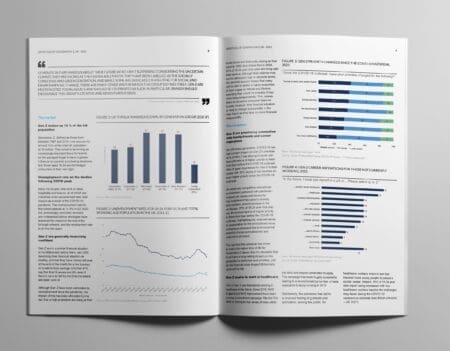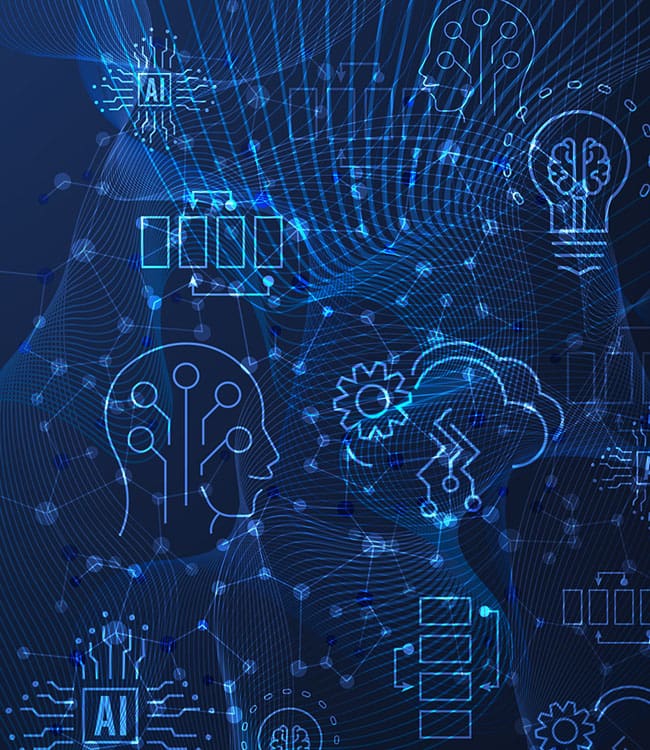The 5G undercurrent moved swiftly through CES 2019, even if there was little in the way of hardware or demonstrations of its capabilities. These are early days for 5G, but the next generation of wireless is clearly top of mind for the tech industry and executives across sectors are dreaming up ways 5G will transform their businesses.
What is 5G?

5G will reduce latencies to around 1 millisecond, enabling interactions over the network to occur in near real time. Lower latency will impact all communication over long distances.
When is 5G coming?
5G is already available in the US, albeit in a limited capacity. Verizon has launched in-home 5G fixed wireless service in three markets. AT&T has launched mobile 5G service in a handful of markets, but it’s operating nowhere near its full potential, and there aren’t any 5G smartphones to connect to it (early adopters must use a mobile hotspot to access 5G). Widespread 5G won’t be available until 2020, and the technologies that take full advantage of it will evolve from there.
What will be the impact of 5G?
CES keynotes from Verizon and AT&T described how 5G is poised to transform every industry. At Verizon’s keynote, CEO Hans Vestberg called 5G a “quantum leap from 4G,” illustrating how the new network will impact various sectors. During the address, Verizon announced a variety of partnerships, including one with the New York Times to create a 5G journalism lab and another with Disney to bring 5G to media and entertainment. Verizon also focused on 5G’s impact on drones, travel and healthcare.
During their presentations, both Verizon and AT&T focused on the human aspect of 5G. AT&T CEO John Donovan emphasized 5G as a transformative force on the healthcare industry. The telecom giant announced it will partner with Rush University Medical Center and Rush System for Health to enable the first 5G hospital. Partnerships are only just the beginning.
What does 5G mean for marketers?
Imagine in-store signage that changes based on time of day, day of week, or even who’s looking at it. Envision running ads on the windshield of an autonomous vehicle. Think of the power of sensors collecting data that capture how consumers are responding to ads as they view them. 5G, paired with artificial intelligence (AI), will enable marketers to have more information at their fingertips than ever before.

While this might sound a little scary, Stagwell Group’s COO Beth Lester Sidhu noted, “5G can bring humanity to data in ways that are not possible right now.”
What we think
5G will provide new avenues and challenges for marketers as consumer attention gets pulled in new and different directions. People will access data in ways they’ve never been able to before, which will enable better customization, but also raise new ethical considerations for marketers and market researchers. While the world awaits 5G, it is the perfect time for marketers to dream big. It is also a time to start considering the precautions that a 5G reality will necessitate.

















![[LISTEN] Tech at Mintel: A Tech Leader’s Journey to Success and Inclusion](https://www.mintel.com/app/uploads/2023/08/Tech-at-Mintel-Sound-Waves-Podcast.jpg)






















